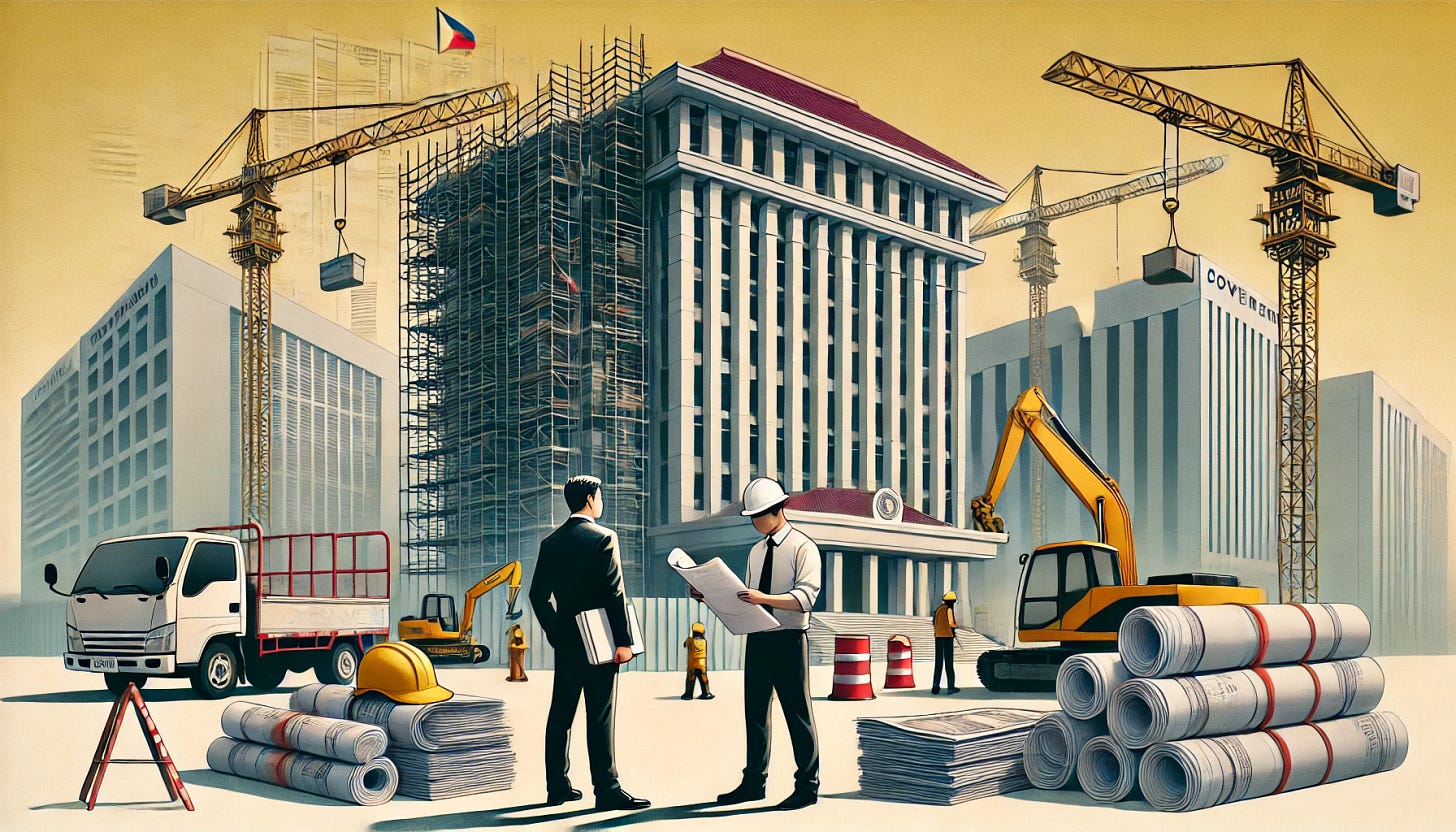Building in the Philippines: Why Developers and Architects Keep Clashing Over Red Tape
The Hidden Battle Behind Every Skyline
Picture this: A gleaming new condo tower in Manila. A beachfront hotel in Boracay. A community housing project in Davao. These structures symbolize progress, but behind the scenes, developers and architects are locked in a quiet war. The culprit? The Philippines’ tangled web of building regulations.
In a country battered by typhoons, earthquakes, and overcrowded cities, rules exist to keep people safe. But what happens when those rules become so complex that they pit creativity against deadlines, safety against budgets, and partners against each other? Let’s unpack the #1 issue straining developer-architect relationships—and how the industry can fix it.
Why Can’t We Just Build Faster? The Permit Nightmare
Imagine planning a project for years, only to wait another 18 months for permits. In the Philippines, securing approvals isn’t just slow—it’s a labyrinth. Developers want to break ground yesterday. Architects are stuck navigating:
City engineering offices (Is the design earthquake-proof?)
Bureau of Fire Protection (Are exits wide enough?)
Environmental agencies (Will this harm mangrove forests?)
Local zoning boards (Does this fit the neighborhood’s “vibe”?)
Each agency has its own checklist, fees, and timeline. In Cebu, a developer once ignored an architect’s plea to redesign a condo’s drainage system to meet local rules. The result? A 10-month delay, flooded basements, and angry buyers suing everyone.
The Takeaway: Skipping steps to save time often backfires. But when the system itself is broken, who’s really to blame?
“Why Is This So Expensive?”—The Safety vs. Savings Tug-of-War
Architects dream of typhoon-resistant glass, reinforced concrete, and solar panels. Developers see dollar signs. After Typhoon Odette flattened parts of Visayas in 2021, one architect insisted on storm-proof materials. The developer refused, slashing costs—and safety—by 30%.
This clash isn’t just about greed. Developers face tight budgets, loan repayments, and buyer demand for affordable housing. Architects risk their licenses (and lives) if buildings collapse.
The Middle Ground:
Use cost-effective local materials (e.g., engineered bamboo) that meet safety codes.
Plan for climate risks upfront—retrofitting later costs 10x more.
“But It Worked in Manila!”—The Chaos of Local Rules
Here’s the kicker: Regulations change depending on where you build. Manila’s high-rises need deeper foundations. Coastal towns like Siargao restrict building heights to protect views. Even fire codes vary—what’s okay in a Pampanga mall might fail in a Baguio hotel.
A Tale of Two Cities:
A Palawan resort architect designed eco-friendly cottages on stilts to protect marine life. The developer hated the 15 extra permits required and hired a rival firm. The result? A concrete eyesore that damaged coral reefs.
In Metro Manila, a developer once overruled an architect’s foundation warnings to dodge delays. The building cracked within a year.
Tech to the Rescue? Apps, AI, and 3D Models
Younger architects and developers are fighting red tape with tech: • BIM Software: Creates 3D models that auto-check for code violations.
Digital Permit Trackers: Apps like BuildSecurePH send real-time updates on application status.
Virtual Reality: Lets officials “walk through” designs before approving them.
In Davao, a team used BIM to shave 4 months off permit processing. “It’s like having a crystal ball,” laughed the architect.
4 Ways to Fix the Developer-Architect Relationship
Team Up Early: Involve architects in land purchases. A slope-prone lot might need pricier foundations—better to know upfront.
Hire a “Permit Whisperer”: Facilitators who know local officials can grease the wheels.
Learn Together: Joint workshops on updated codes (e.g., 2022 seismic rules) prevent arguments.
Fight for Change: Why can’t cities standardize forms? Why 30 signatures? Both professions need to demand simpler systems.
Building Trust, One Brick at a Time
The Philippines’ construction boom won’t slow down. But unless developers and architects stop seeing each other as adversaries, projects will keep sinking in paperwork, budgets, and lawsuits. The solution isn’t fewer rules—it’s smarter teamwork.
After all, a building is only as strong as the partnership behind it.
“Would you rather live in a cheaper, faster-built home… or one that took years to permit but survives the next super typhoon?”


